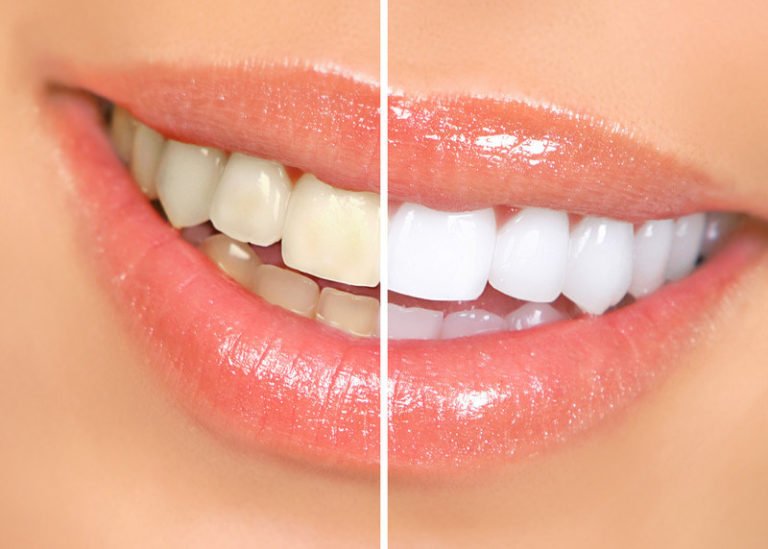A gluten-free diet comprises the exclusion of foods that contain the protein gluten such as wheat, rye and barley. Many scientific studies on gluten-free diets have been results on people with celiac disease. However, keep in consideration that there is also another condition known as gluten sensitivity that is caused by problems with gluten. What is gluten, and what is gluten-free diet? Let’s have a look at these questions:
If you are intolerant to gluten, there is a great need to avoid gluten-containing foods altogether. If not, you may experience severe discomfort as well as adverse health effects.
Why Gluten Is Bad for Some People
It is essential to keep in mind that a lot of people can eat gluten without experiencing side effects, but people with gluten intolerance and celiac disease cannot tolerate it. Along with this, some People with other disorders such as wheat allergy or non-celiac gluten sensitivity frequently avoid gluten.
Foods to Eat on Gluten-free Diet
Keep in consideration that there is a wide range of foods that you are allowed to take on a gluten-free diet. You can also follow the diet even on keto diet. If you want a complete guideline, check this one to enjoy healthy and delicious meals even on the keto diet.
The following foods are considered as naturally gluten-free:
Meats and fish
You are allowed to eat meats and fish. However, battered or coated cores are not allowed.
Eggs
It is fascinating to know that all types of eggs are naturally gluten-free.
Dairy
Direct dairy products like plain yoghurt, cheeses and milk are allowed to take. It is essential to keep in mind that flavoured dairy products have added ingredients that contain gluten. There is a great need to read food labels.
Fruits and vegetables
Almost all the fruits and vegetables are free of gluten.
Grains
There is great need to know that quinoa, rice, buckwheat, sorghum, corn, millet, arrowroot, and oats are allowed to take if they are labelled as gluten-free.
Starches and flours
Potatoes, soy flour, corn, corn flour, chickpea flour, coconut flour and tapioca flour are allowed to eat in a gluten-free diet.
Nuts and seeds
All nuts and seeds can be eaten
Spreads and oils
All vegetable oils and butter are preferred to eat
Herbs and spices
All herbs and spices are allowed to eat
However, if you are unsure if a food item contains gluten, it is essential to read the food labels.
Health Benefits of a Gluten-Free Diet
It is fascinating to know that a gluten-free diet allows an individual to get many benefits for someone with celiac disease. Here are some main advantages of a gluten-free diet:
- Relieve Digestive Symptoms
It is essential to keep in mind that most of the people try a gluten-free diet in order to treat digestive problems. Some of these symptoms include bloating, diarrhoea, constipation, fatigue and some other symptoms.
According to recent medical studies, it has been shown that following a gluten-free diet may help ease digestive symptoms.
- Reduce Chronic Inflammation
We all know that inflammation is a natural process that aids the body to treat or heal the infection. Inflammation may get out of hand and last weeks or months. Keep in mind that chronic inflammation may lead to various health problems.
However, following a gluten-free diet guide can help reduce chronic inflammation in people with celiac disease.
- Boost Energy
People with celiac disease feel tired, and they also experience brain fog. All of these symptoms can be caused by nutrient deficiencies due to the damage to the gut. Along with this, if you have celiac disease, you can easily switch to a gluten-free diet helps boost the overall energy levels and also stop you from feeling tired and sluggish.
- Help You Lose Weight
Weight lose can also take place by using a gluten-free diet because the diet eliminates a wide range of junk foods that add unwanted calories to the diet. However, these foods are replaced by fruit, veggies and lean proteins. It is crucial to avoid processed gluten-free foods such as cakes, pastries and snacks.










